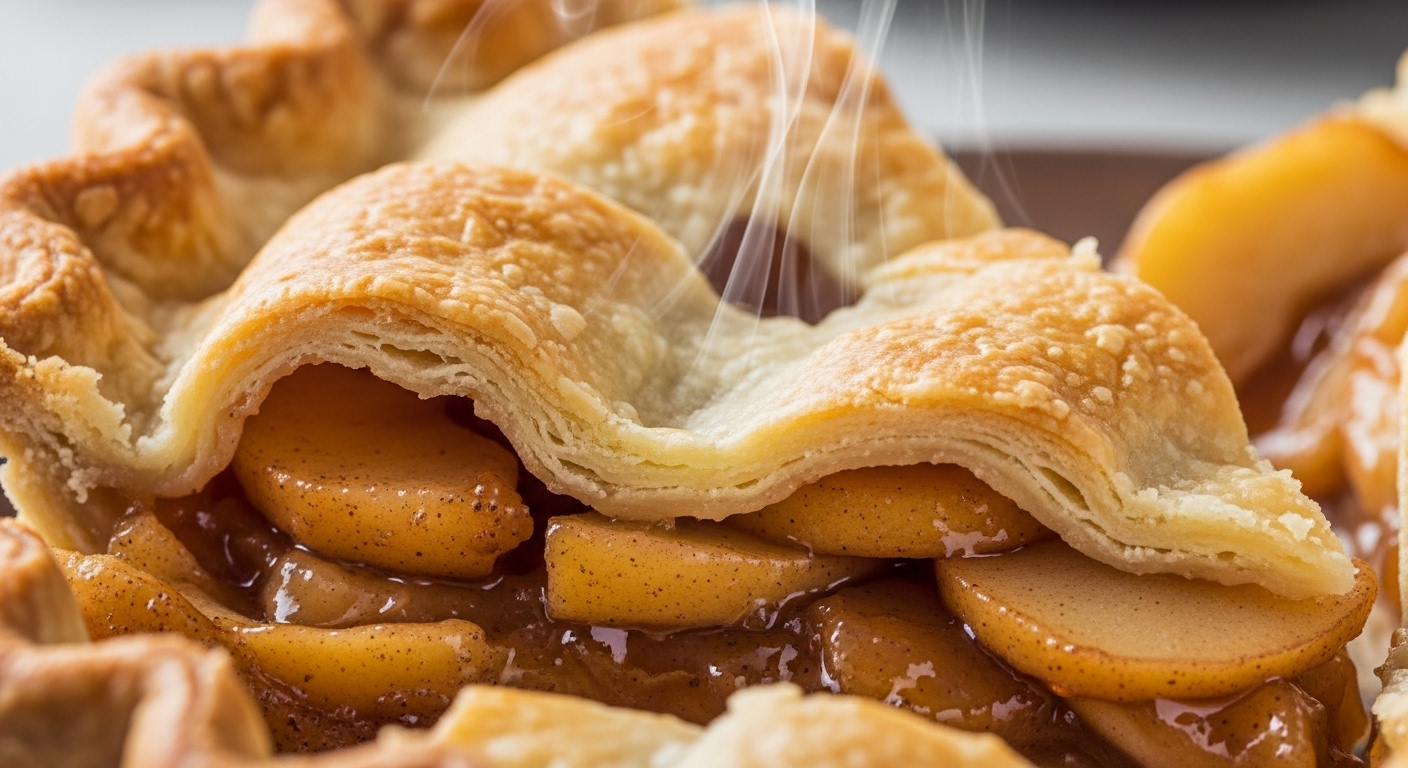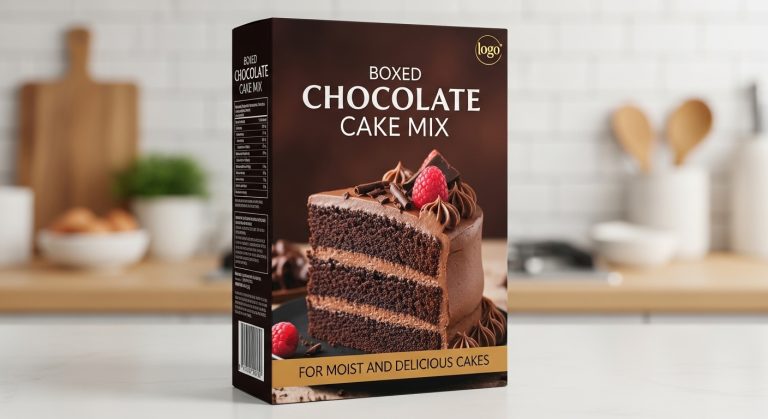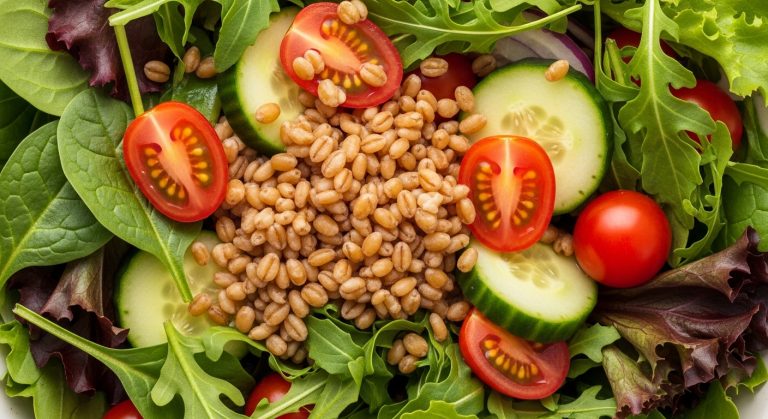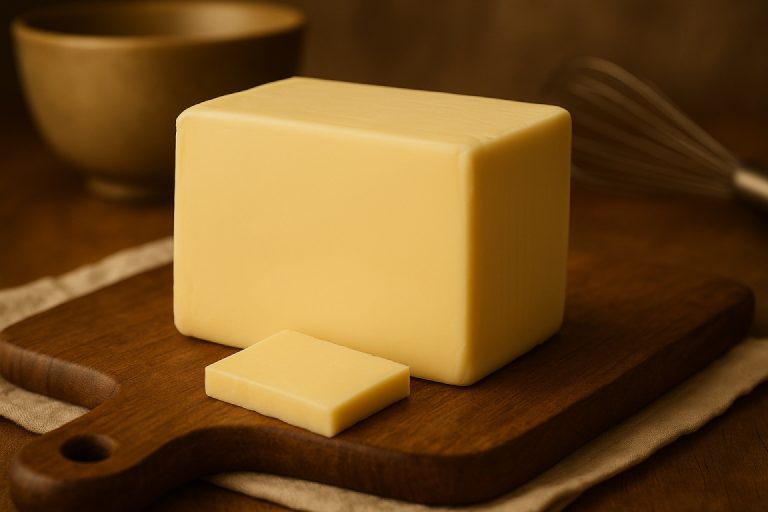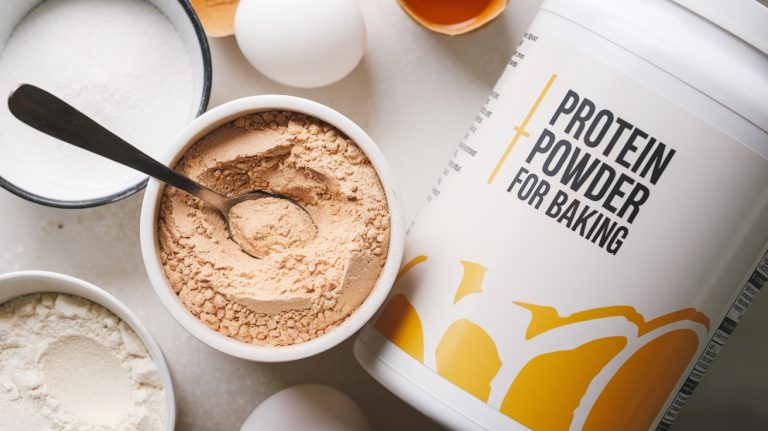Best Oils for Pie Crusts: Heart-Healthy & Delicious
For the best pie crusts, you’ll want oils that bake golden and flaky without overpowering flavor. Crisco Pure Canola Oil and Crisco Pure Vegetable Oil are perfect choices—they have high smoke points to handle the heat and a neutral taste that lets your filling shine.
These oils also create tender, flaky textures while being heart-healthy.
If you want to master the details behind why these oils work so well, keep exploring the key factors involved.
- A flavorless, versatile oil with a light texture
- Use it for cooking, frying, or baking, or in dressings and marinades
- 0g Trans Fat Per Serving
- Made from soybeans, with a light taste that lets the flavor of your food shine through
- A cholesterol-free food and has 0g trans fat per serving
- 1000mg of ALA per serving
Key Takeaways
- Canola oil is ideal for pie crusts due to its high smoke point and neutral flavor, ensuring even baking without overpowering taste.
- Vegetable oil offers a light, flavorless profile that maintains the pie’s intended taste while contributing to a tender, flaky crust.
- Both oils contain heart-healthy unsaturated fats, supporting better nutrition without sacrificing texture or flavor.
- Their high smoke points prevent burning and flavor degradation during baking, producing consistent crust texture and color.
- The light viscosity of canola and vegetable oils helps create flaky, tender crusts with well-defined layers and crumb structure.
Crisco Pure Canola Oil, 40 Fluid Ounce
- A flavorless, versatile oil with a light texture
- Use it for cooking, frying, or baking, or in dressings and marinades
- 0g Trans Fat Per Serving
Crisco Pure Canola Oil, 40 Fluid Ounce, offers a light and neutral cooking oil that excels in a variety of culinary uses. Its flavorless nature ensures that your dishes retain their intended taste without unwanted interference. This makes it an ideal choice for creating tender, flaky pie crusts where texture and subtlety matter most.
Beyond baking, this oil performs well for frying and preparing dressings, allowing you to rely on a single product for multiple kitchen tasks. The absence of trans fat and cholesterol makes it a heart-conscious option, supporting healthier cooking without sacrificing quality.
Trusted since 1911, Crisco brings decades of expertise to this product, ensuring consistent performance and reliability. Additionally, the oil is kosher-certified, catering to those who adhere to specific dietary practices.
Best for: Home cooks and bakers seeking a versatile, healthy, and flavor-neutral oil for frying, baking, dressings, and delicate pastry work.
Pros:
- Contains zero trans fat and no cholesterol, supporting heart-healthy cooking.
- Light texture and neutral flavor maintain the natural taste of recipes.
- Kosher-certified and backed by Crisco’s long-standing reputation since 1911.
Cons:
- Pure canola oil might lack distinctive flavors some recipes call for.
- Not certified organic or non-GMO, which could be important to certain consumers.
Crisco Pure Vegetable Oil, 16 Fluid Ounce
- Made from soybeans, with a light taste that lets the flavor of your food shine through
- A cholesterol-free food and has 0g trans fat per serving
- 1000mg of ALA per serving
Crisco Pure Vegetable Oil offers a light, mild flavor that complements your pie crust without masking its natural taste. Crafted from soybeans, this oil supports heart-healthy baking with 1000mg of ALA per serving, making it a smart choice for health-conscious cooks.
This gluten-free, kosher oil contains no trans fats or cholesterol, aligning with dietary preferences aimed at wellness. Its gentle flavor profile ensures your baked goods maintain their authentic character. Packaged in a 16-fluid-ounce bottle, it delivers consistent quality backed by Crisco’s long-standing expertise in cooking oils.
Ideal for everyday baking, Crisco’s vegetable oil provides a subtle foundation that enhances rather than overpowers. It is well-suited for recipes where a pure, unobtrusive oil is desired. However, it is not specifically designed for high-heat applications like deep frying.
Best for: individuals seeking a versatile, heart-healthy vegetable oil that preserves natural flavors in baked goods and light cooking.
Pros:
- Provides 1000mg of beneficial ALA per serving.
- Free from gluten, trans fats, and cholesterol.
- Mild soybean flavor that highlights natural food tastes.
Cons:
- Size may be limited for some frequent users.
- Flavor may not meet needs where stronger oil profiles are preferred.
Top Oils for Pie Crusts: Side-by-Side Comparison Table
| Feature | Crisco Pure Canola Oil | Crisco Pure Vegetable Oil |
|---|---|---|
| Smoke Point | 400°F (204°C) – ideal for high-heat baking | 400°F+ – handles baking temperatures well |
| Flavor Profile | Neutral and light – won’t overpower fillings | Mild and subtle – preserves natural pie taste |
| Texture Result | Creates tender, flaky crusts with defined layers | Produces soft, flaky texture with balanced crumb |
| Health Benefits | Zero trans fat, no cholesterol, heart-healthy | 1000mg ALA per serving, no trans fat or cholesterol |
| Best Use | Versatile for baking, frying, and dressings | Ideal for everyday baking and light cooking |
| Dietary Features | Kosher-certified, suitable for various diets | Gluten-free and kosher, wellness-focused |
| Package Size | 40 fluid ounces – great for frequent bakers | 16 fluid ounces – perfect for regular use |
| Brand Heritage | Trusted since 1911 with proven reliability | Backed by Crisco’s expertise in cooking oils |
| Best For | Home cooks needing multi-purpose oil | Health-conscious bakers wanting heart-healthy options |
Key Features That Define the Best Pie Crust Oils
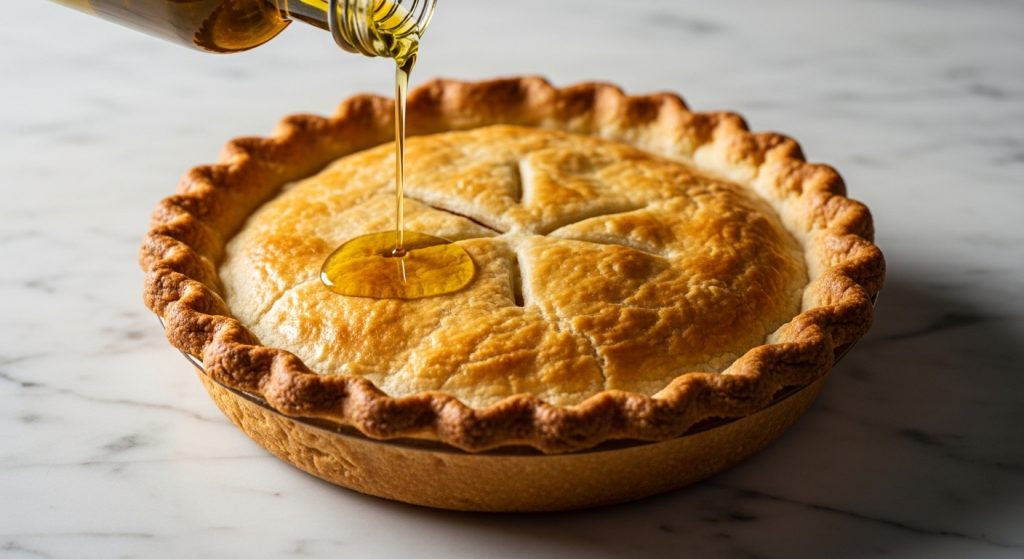
When you’re picking oil for your pie crust, think about how its flavor will impact the overall taste. You want something that complements your filling without overpowering it. Also, check the smoke point to make sure it matches your baking method — you don’t want the oil to burn or smoke while baking.
Next, consider the texture the oil will give your crust. Some oils make it flakier, while others might make it a bit more tender or crumbly. It’s all about finding the right balance for the kind of crust you love.
Don’t forget your health preferences, either. If you’re aiming for something heart-healthy or with certain nutritional benefits, that can steer your choice. And lastly, pick an oil that’s versatile enough to use in other cooking — that way, you get the most out of your pantry staple.
Flavor Impact
How does the oil you choose affect the flavor of your pie crust? The oil’s flavor subtly influences your crust’s overall taste. If you want a clean, unobtrusive flavor, pick neutral oils like canola or vegetable oil—they have mild tastes that let buttery or sweet notes shine through.
On the other hand, oils with stronger flavors, such as olive or sesame oil, introduce distinctive tastes that might complement or overpower your filling. Remember, the oil’s aroma during baking also impacts flavor perception, especially if it’s strong or roasted.
To keep your pie’s intended flavor profile intact, opt for flavorless or light-tasting oils. This way, you control the flavor without any unexpected twists from the oil.
Smoke Point
Besides flavor, you also need to contemplate the smoke point of the oil you choose for your pie crust. The smoke point is the temperature at which oil starts to produce visible smoke and breaks down, which can ruin your crust’s taste and pose safety risks.
Oils like canola and vegetable oil have high smoke points—around 400°F (204°C) for canola—making them perfect for pies baked at higher temperatures. If you use oil with a low smoke point, you risk burnt flavors and harmful compounds forming during baking.
Texture Contribution
Although selecting oil for your pie crust often focuses on flavor and smoke point, its texture contribution plays an equally essential role. The type of fat in the oil directly impacts your crust’s flakiness and tenderness—higher fat content typically creates a more tender result.
Oils with a light texture and neutral flavor keep the crust balanced without overshadowing the filling. You’ll want to weigh the oil’s viscosity and how it binds with flour, shaping a crumbly yet cohesive dough.
Choosing an oil that slightly solidifies when chilled encourages flaky, layered pockets. Also, the oil’s temperature matters: using colder oil during mixing helps produce a crisper, more elastic crust.
Keeping these texture factors in mind ensures your pie crust bakes to perfection every time.
Health Considerations
When choosing oil for your pie crust, you’ll want to prioritize options that support heart health by being low in saturated and trans fats. Oils like canola and vegetable oil fit this bill well, offering beneficial unsaturated fats that can help reduce cholesterol levels.
You should also pick oils with a neutral flavor to keep your pie crust’s taste balanced, without overpowering the filling. Be cautious with nut oils—they may introduce strong flavors and allergens that could affect both taste and dietary restrictions.
Always check nutritional labels for added ingredients or preservatives, as these can impact the overall healthfulness of your pie crust. By considering these health factors, you’ll create a delicious pie crust that’s better for you and your loved ones.
Cooking Versatility
Choosing the right oil for your pie crust goes beyond health benefits—you’ll want to think about how it affects the cooking process and final texture. Different oils can change your crust’s flakiness and tenderness, so pick one that suits your desired outcome.
Light-tasting oils like canola or vegetable let the filling’s flavor shine without overpowering the crust. Consider the smoke point too: oils with higher smoke points handle baking and frying better, preventing unwanted burning.
Versatility is key—choose an oil you can use both in the dough and for finishing touches like brushing the crust for a golden, crisp finish. By selecting an oil with neutral flavor and good cooking adaptability, you ensure your pie crust bakes to perfection every time.
Frequently Asked Questions
Can Olive Oil Be Used for a Flaky Pie Crust?
Yes, you can use olive oil for a flaky pie crust, but keep in mind it may not be as flaky as when using butter or shortening. Olive oil adds a unique flavor and tenderness, but its liquid consistency can make the dough less crumbly.
To get the best texture, try chilling the dough well and handling it minimally. If you enjoy the taste of olive oil, it’s definitely worth experimenting with!
How Does Oil Affect the Texture of Gluten-Free Pie Crusts?
Just like a painter chooses the right brush, you’ll find oil softens gluten-free pie crusts, giving them tenderness where flour alone can be tough. Oil prevents dryness and adds moisture, creating a crumbly, melt-in-your-mouth texture instead of a dense one.
Since gluten-free flours lack elasticity, oil acts as your secret weapon, helping the crust hold together while keeping it light and pleasantly flaky in every bite.
What Is the Best Oil for Vegan Pie Crust Recipes?
You’ll find coconut oil is the best choice for vegan pie crusts because it mimics butter’s texture and adds a subtle flavor. It solidifies when chilled, helping your crust stay flaky and tender.
If you prefer a neutral taste, use refined avocado or light olive oil. These oils keep your crust moist without overpowering the filling’s flavor.
Remember to chill the dough well for that perfect, flaky bite.
How Long Can Pie Crust Dough With Oil Be Stored Before Baking?
You can store your pie crust dough with oil in the refrigerator for up to 3 days before baking.
Make sure to wrap it tightly in plastic wrap or place it in an airtight container to prevent it from drying out or absorbing odors.
If you want to keep it longer, freeze the dough for up to 2 months.
When ready, thaw it overnight in the fridge before rolling it out and baking.
Does the Type of Oil Impact the Browning of Pie Crusts?
Imagine your pie crust as a golden canvas waiting for the perfect brushstroke. Yes, the type of oil absolutely impacts browning.
Oils with higher smoke points and neutral flavors, like canola or vegetable oil, help your crust develop a beautiful, even golden hue without burning. Meanwhile, oils with lower smoke points or strong flavors might darken too quickly or alter taste.
Choose the Best Oil for Perfect Pie Crusts
Think of choosing the right oil for your pie crust like picking a dance partner—you want someone who moves smoothly without stealing the spotlight.
Crisco Pure Canola and Vegetable Oils glide effortlessly into your dough, offering a neutral flavor and ideal texture.
Just like a perfect dance, the right oil creates harmony, making your crust flaky and golden every time.
So go ahead, let these oils lead your baking to delicious success.
Last update on 2025-11-11 / Affiliate links / Images from Amazon Product Advertising API

